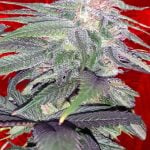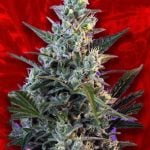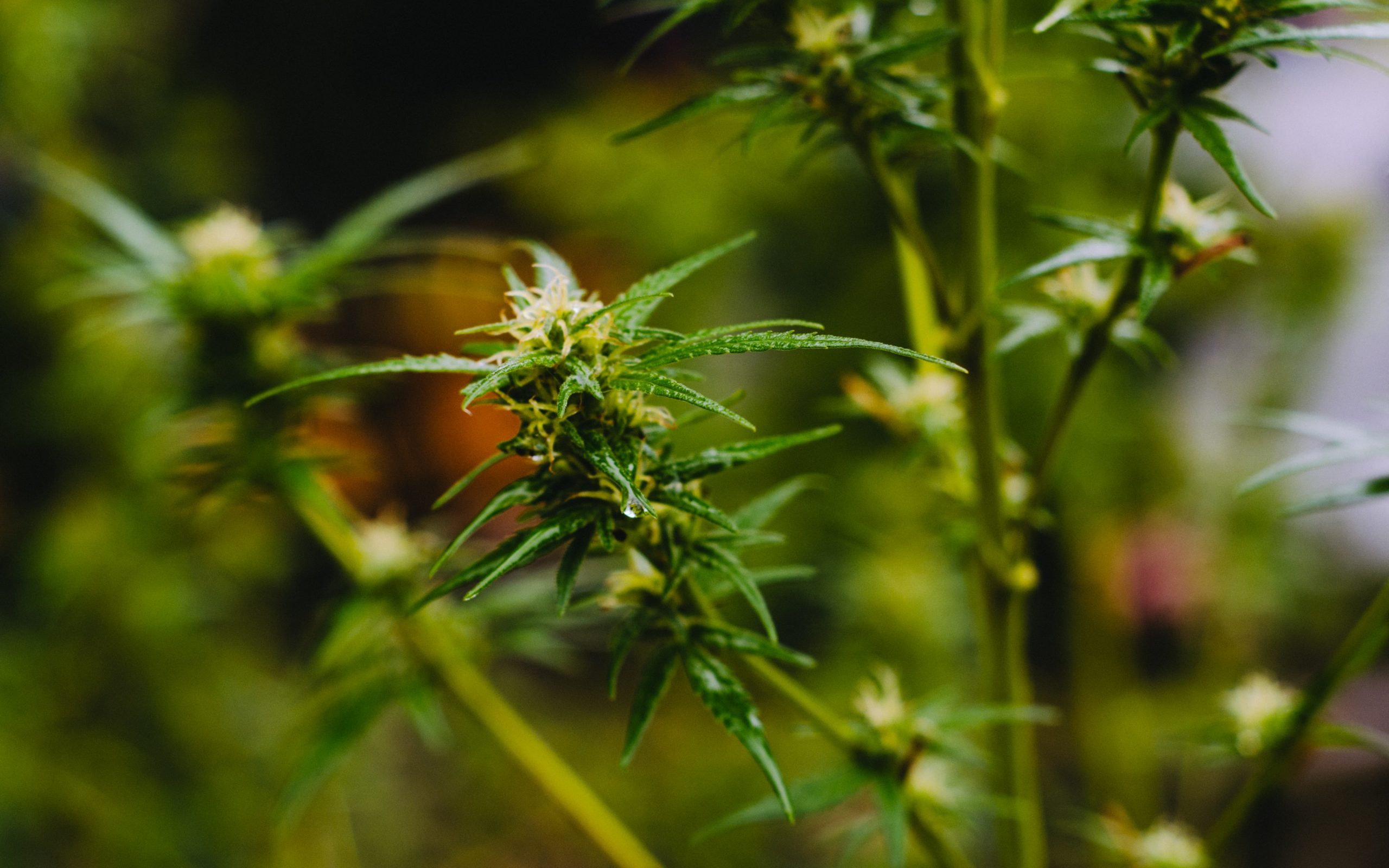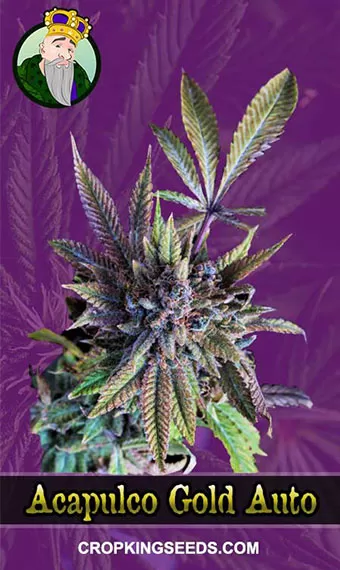It is often said that we are living in the cannabis revolution. With many nations embracing cannabis as a medicinal or recreational tool, more and more people are being introduced to the benefits that cannabis can provide.
With that being said, the cannabis that we enjoy today is quite different from the marijuana that our ancestors consumed. Over the years, diverse breeding programs and an international cannabis movement have led to the rise of the hybrid strain.
Let’s explore the world of hybridized cannabis to better understand the benefits, uses and applications therein.
What Are Hybrid Cannabis Strains?
If you’ve stepped foot inside of a dispensary or you’ve visited a friend that grows cannabis, you’ve likely talked about your favorite indicas and sativas. While we associate indicas with relaxation and sedation, and sativas with uplifting energy, the truth is that these plants are much more complex than they let on.
Nowadays, there are few pure indicas and pure sativas that exist in the industry. The original landrace strains of yesteryear are largely gone, replaced by hybridized versions that feature ruderalis genetics. Hybrid strains seek to capture effects and experiences that are shared from both sides of the indica/sativa spectrum.
Landrace Strains & Cannabis Subspecies
Cannabis that has been domesticated and cultivated by humans is known as landrace cannabis. The cannabis of the past was grown wild without any intervention from human interference; a term we now refer to as open pollination. Time and the popularization of cannabis have changed how we interact with weed, leading to the hybrid strain revolution that we are all enjoying.
Let’s look at the roots of the cannabis subspecies that make up the hybrid buds we enjoy today.
Introducing Indicas
Indicas are often associated with these short and stubby bodies, relying on heavy resin production in their dense and loaded buds. There are many iconic indicas on the market today with kush strains quickly becoming a household name around the industry.
The term “indica” comes from a descriptor of the geographical area in which the plant was first grown. Developed in the ’70s, the indicas we know and love today originated from places like Northern Pakistan, Nepal and Afghanistan. Many iconic strains actually call the Hindu Kush mountain range their original home.
As indicas became more and more popular around the world, they began to make their way to new territories, environments and greenhouses. As a result of this journey, we now get to enjoy new indicas and hybridized strains.
Users typically turn to indicas as they tend to provide intoxicating effects, medicinal support and relatively robust terpene profiles.
Introducing Sativas
The sativa subspecies of cannabis originated in Central Asia where it was originally used for textile fiber and folk medicine. It was popularized by Eastern rulers as a tea infusion for many different maladies. Considered one of the oldest non-food crops in human history, sativas are well-regarded for their tree-like structure and long, sprawling branches.
Sativas tend to have fluffier buds than the indicas and hybridized counterparts they compete against and this can be seen in strains like Durban Poison. While sativas are often associated with uplifting energy and mental clarity, they are often complex thanks to their rich production of THC, THCV, terpenes and other important cannabinoids.
While sativa strains are often associated with uplifting mental clarity, they can also manifest into paranoia for users with a low threshold for THC.
Introducing the Ruderalis
Ruderalis cannabis is not often consumed for recreational use and is instead grown as a complement to complex breeding programs. Ruderalis features low levels of THC, though it is not photoperiod reliant, meaning it will flower after a certain amount of time no matter how much light the plant receives. As a result of this unique trait, breeders turn to ruderalis plants to create an autoflower or feminized version of their favorite hybrid strain.
Any time that shoppers see a feminized or autoflower strain on the market, they can thank a ruderalis in its breeding program for their results.
Different Kinds of Hybrid Strains
Hybridized cannabis strains are man-made in an attempt to better customize the outgoing characteristics of a grow. As we outlined above, hybrid cannabis can feature genetics from any of its three subspecies. Breeders generating a breeding program will often experiment with some (or multiple) combinations of mother/father plants.
When dealing with a hybrid strain, the genetic lineage of the plant will likely feature some combination like the following:
- Sativa/Sativa: Two sativa-dominant varieties are bred together to create another species. Sour Jack is an ambitious cross-breeding of Jack Herer and Sour Diesel, which are two prominent sativas.
- Indica/Indica: Two different indica varieties are bred together. Strains like Skywalker OG, Purple Kush and Green Gelato all embody indica-dominant hybridized cannabis.
- Sativa/Indica: A hybrid strain with a sativa-dominant profile will lead with sativa characteristics. We find sativa and indica hybrid strains often have physical expressions of both parents, such as a tall plant with deep purple bud.
- Indica/Sativa: The inverse of the sativa/indica hybrid, this style of hybrid cannabis leads with relaxation at the forefront of the experience.
- Autoflower Hybrids: Any feminized or autoflower hybrid will feature ruderalis genetics to inspire quick growth.
Variety Is the Spice of Life
Depending on the way that the hybrid strain expresses itself, consumers could experience any number of effects. As a result of the dynamic variety that hybridized cannabis strains can provide, it is important to take your time while performing genetic research on your potential purchase.
A dynamic plant with a rich and textured history, talented breeders have been developing game-changing hybrid buds for decades. With hybrid cannabis, it is possible to enjoy the best effects from both sides of the marijuana spectrum.
It is important to understand that cannabis is much more complex than a simple indica/sativa/hybrid moniker. With thousands of unique cannabinoids, as well as rich terpene profiles, we can enjoy cannabis in the way that inspires us the most.


















